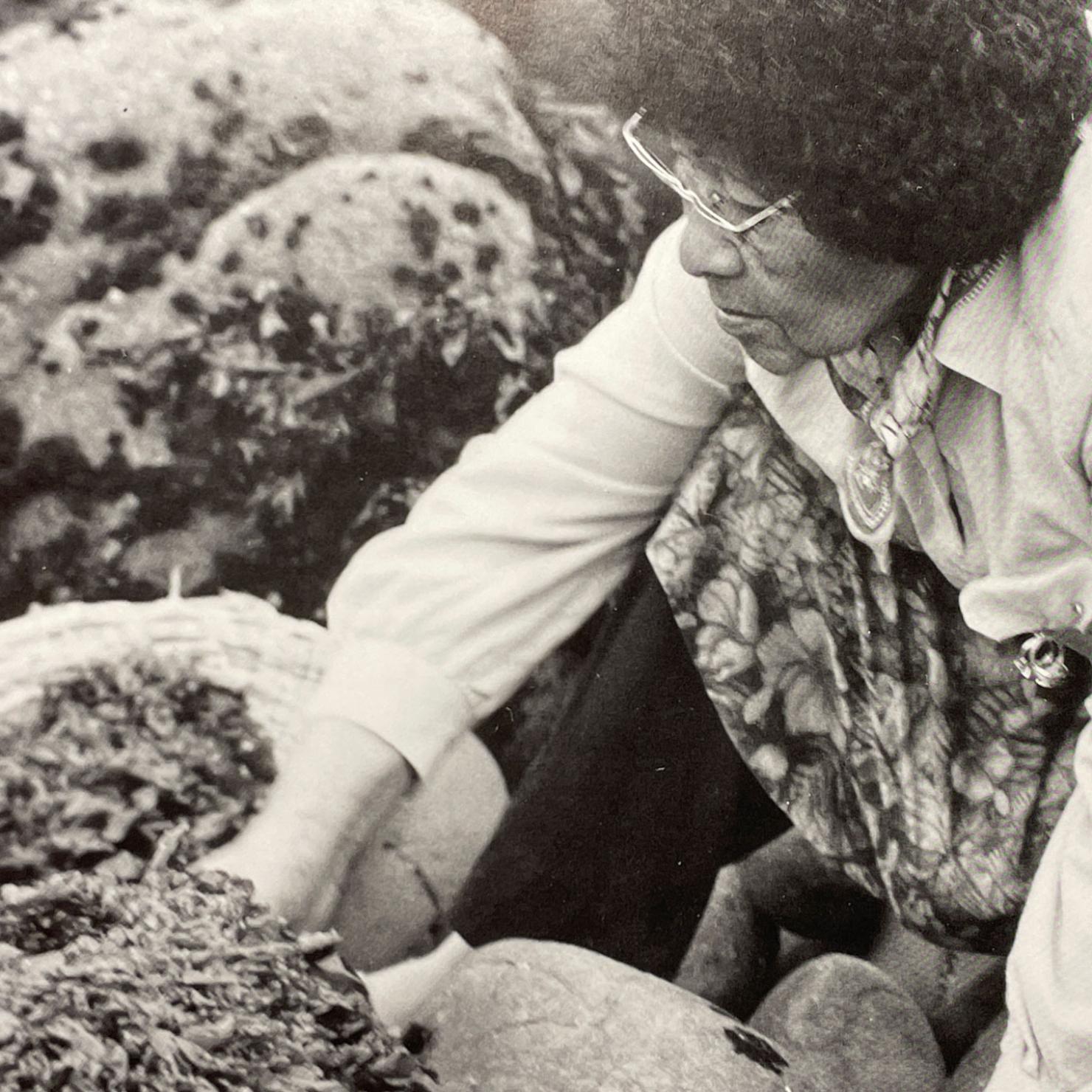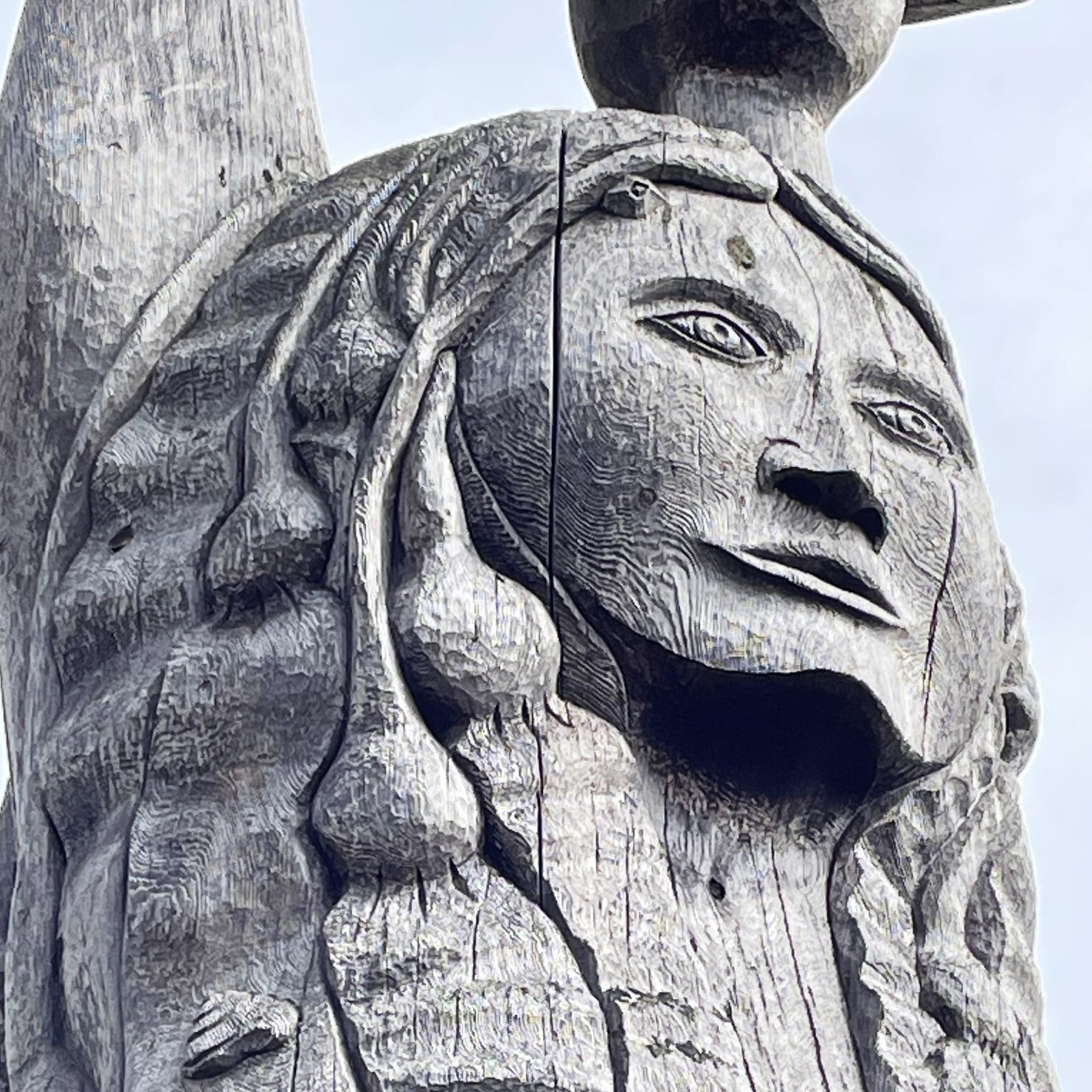These invertebrate riches came from an unnatural act but came to be seen by humans as normal or “a natural” state. This lack of historicity leads to a “shifting baseline,” a false sense of what is the natural state of an ecosystem. The shifting baseline syndrome plagues scientists, policymakers, fisheries experts, and community stakeholders alike. It has been at play for years and even manifests in the notion of a “sustainable” fisheries—sustainable implies just enough to maintain a status quo. It is a misnomer.
To avoid depletion from natural and human caused acts of devastation, a state of overabundance is required, not sustainable abundance. About a decade ago, a network of Marine Protected Areas (MPAs) was established all along the western seaboard, putting sections of coastal ocean waters under federal or state supervision to control fishing and other human activities. MPAs are being studied intensively to see if “removing” human activity has an effect on biodiversity and health of these ecologies. Often, Tribes are rightly skeptical of new designations which might place more barriers between Indigenous people and first foods their families have managed sustainably for millennia; when consulted early and often, Tribes have become valued partners in creating and stewarding MPAs. At their worst, MPAs are another chapter in the attempts to alienate indigenous people from ancestral lands, at their best they are a mutual safeguard of our intertwined future on this thin rim of the ocean.
Recognized by marine ecologists for fifty years, the bull kelp forest is just beginning to be recognized by the general public as foundational to the biodiversity of coastal ocean waters. As we humans slowly try to shift from systems of resource extraction—which results in the extraction of resilience out of the kelp forests and other essential ocean and terrestrial habitats—to the project of rebuilding resilience, there is wonderful work at hand. Kelp restoration sites abound and research into kelp life cycles, and genomics is finally getting the funding and attention it deserves. Amazing partnerships and collaborations are offering inspiration and mentorship from one region to another. Kelp forest restoration is becoming a major focus for agencies, academics, Tribes, and artists alike. Bull kelp farming is being explored as a new industry for human consumption and also experimentally as a carbon sequestration strategy. The 30 x 30 initiative, (an initiative to conserve 30% of terrestrial and marine habitat by 2030) is taking hold in regional, state and national programs that have real teeth for action. We humans need to do all we can to allow the opportunism, the resilience and majesty of the ocean forests of bull kelp to heal themselves, to work their wonder and magic.








